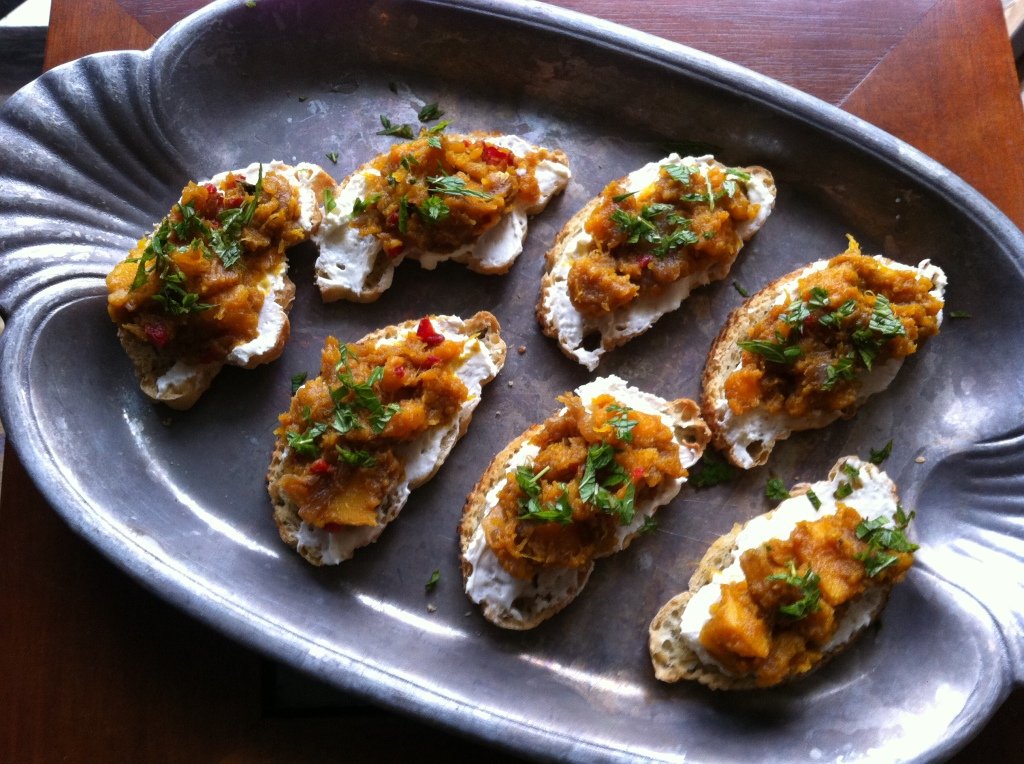 I was driving home from a great visit with my family in Connecticut the other day, which is a 4 hour car ride. This is an easy drive, but one still needs a good plan with books on tape, radio shows, and downloaded podcasts to get you through without too much twitch. I planned it perfectly so that I could listen to a full, uninterrupted hour of Lynne Rossetto Kasper on The Splendid Table. It made one of the four hours pass very quickly (if you don’t know Lynne, go to this link and check it out – she’s great!). I adjusted the sound, sat up straight, and got ready to absorb as much information as I could. There are food experts, new recipes, seasonal fare, cooking lessons, guest questions, and so much more for all the foodies out there. I was psyched!
I was driving home from a great visit with my family in Connecticut the other day, which is a 4 hour car ride. This is an easy drive, but one still needs a good plan with books on tape, radio shows, and downloaded podcasts to get you through without too much twitch. I planned it perfectly so that I could listen to a full, uninterrupted hour of Lynne Rossetto Kasper on The Splendid Table. It made one of the four hours pass very quickly (if you don’t know Lynne, go to this link and check it out – she’s great!). I adjusted the sound, sat up straight, and got ready to absorb as much information as I could. There are food experts, new recipes, seasonal fare, cooking lessons, guest questions, and so much more for all the foodies out there. I was psyched!
One of the stories on Lynne’s show that day was how to make kale gnocchi. I thought, I love kale, but I don’t eat gnocchi – it’s too much starch. But if I substitute the kale for the potato in the gnocchi I might be in business. Plus, there are so many recipes for kale salads, kale chips, braised kale, kale with pasta, and so on. But kale gnocchi was something new. So, I listened in and tried to remember the tips and tricks from Lynne’s description of how to make these from scratch.
I got home, picked fresh kale from my garden (PS I love my garden this year – new raised beds are making me very happy!) and got started. It was my first time through so it took a bit of time to make but they are actually very easy and could be thrown together in a flash now that I know the routine. These nuggets are delicious and a fun way to use the abundance of kale out there now.
Eat more kale!
Ingredients
4 lbs. kale (or Swiss chard), ribs removed
5 Tbsp fresh bread crumbs
2 eggs
1 cup plus 2 Tbsp ricotta cheese
1 cup parmigiana-reggiano cheese, plus more for topping
Dash of nutmeg
Salt and pepper
All-purpose flour for dusting
Olive oil (or butter)
Method
Clean kale and remove ribs. Tear into small pieces and blanch in boiling water for 3 minutes. Remove with slotted spoon to ice bath and let cool. Once cool, ring out excess water by squeezing and chop. Set aside.
Put bread crumbs in food processor and processes until finely ground. Add kale, eggs, ricotta cheese, parmigiana-reggiano cheese, nutmeg, salt and pepper, and process until mixed well. Taste and add salt and pepper as needed.
Fill pot with water and bring to gentle boil. Meanwhile, flour work surface and hands, then roll mixture into smallish balls. Drop balls into boiling water (if water is boiling too hard it will break gnocchi apart). Boil for 5-6 minutes and remove with slotted spoon to plate covered with paper towel. Let dry.
Place gnocchi in shallow baking pan, drizzle with olive oil and sprinkle with cheese. Broil for a few minutes until cheese is melted and just starting to brown. Serve immediately.
YUM!








